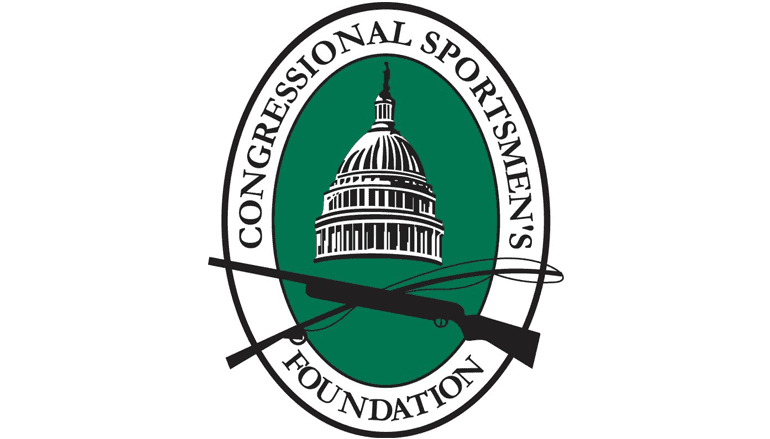
Federal Public Lands Poll Results
Recent polling by the Congressional Sportsmen’s Foundation (CSF) demonstrates that habitat management on federal public lands (FPLs) is an important issue for sportsmen and women, particularly for those who hunt on FPLs.
Respondents that hunt on FPLs overwhelmingly (67.55 percent) expressed a desire for more timber, fire and/or invasive species management, and an additional 4.19 percent of respondents indicated they do not hunt on FPLs because the habitat is managed poorly. Less than one-fifth of respondents that hunt on FPLs considered those lands to be well managed.
The results of the poll reflect a growing call from hunters across the country to significantly increase the pace and scale of timber harvesting, prescribed fire and integrated pest management practices on public lands to improve habitat for wildlife. Quality habitat is the foundation for healthy wildlife populations and the results of the poll are indicative of the poor habitat conditions experienced by many hunters on U.S. Forest Service and Bureau of Land Management properties.
Young forests and other early successional habitats are critical for wildlife, yet on many FPLs, these habitats are in short supply, grossly underrepresented on the landscape in comparison to historical proportions. Regenerating young forests, grass-forb openings, forest edges, old fields, and fire-maintained landscapes provide essential food and cover not present in mature closed-canopy forests. Nonnative invasive plants also impact wildlife habitat as they often out compete native species that are important food sources for wildlife.
The lack of quality wildlife habitat on many FPLs is attributable to the sharp decrease in timber harvesting. Over the last few decades, budgets for timber programs have been slashed, environmental litigation and opposition to forest management has proliferated, and the acreage off-limits to active habitat management has increased substantially. “Fire borrowing” also annually diverts human and financial resources.
The result is FPLs with habitat conditions that do not support robust wildlife populations. These habitat changes have contributed to population declines of popular game species on FPLs and, as a result, hunting interest on many FPLs has declined markedly. Ruffed grouse and white-tailed deer hunting in the National Forests in Virginia and North Carolina are notable examples.
Access encompasses not only having a place to hunt but also having animals to hunt. A poor hunting experience challenges hunter recruitment, retention, and reactivation.
As the results of the poll indicate, there is a tremendous need and demand to actively manage FPLs. Active forest management is a cost-effective and efficient method to create quality wildlife habitats capable of supporting strong wildlife populations. Because large-scale natural disturbances are infrequent, regular improvements to wildlife habitat can be made by using prescribed fire in conjunction with timber harvests. Prescribed fire removes nonnative invasive species, improves soil quality and clears the forest understory for new growth. Harvesting timber opens the forest canopy, allowing sunlight to reach the forest floor to enable stands of young forests to regenerate.
Active forest management creates the full array of habitats needed to sustain diverse and healthy wildlife populations, and numerous hunting conservation organizations work to support active habitat management on FPLs. As more sportsmen and women turn to public lands for a place to hunt, improving the management of FPLs will be vital to conserving hunting traditions.



